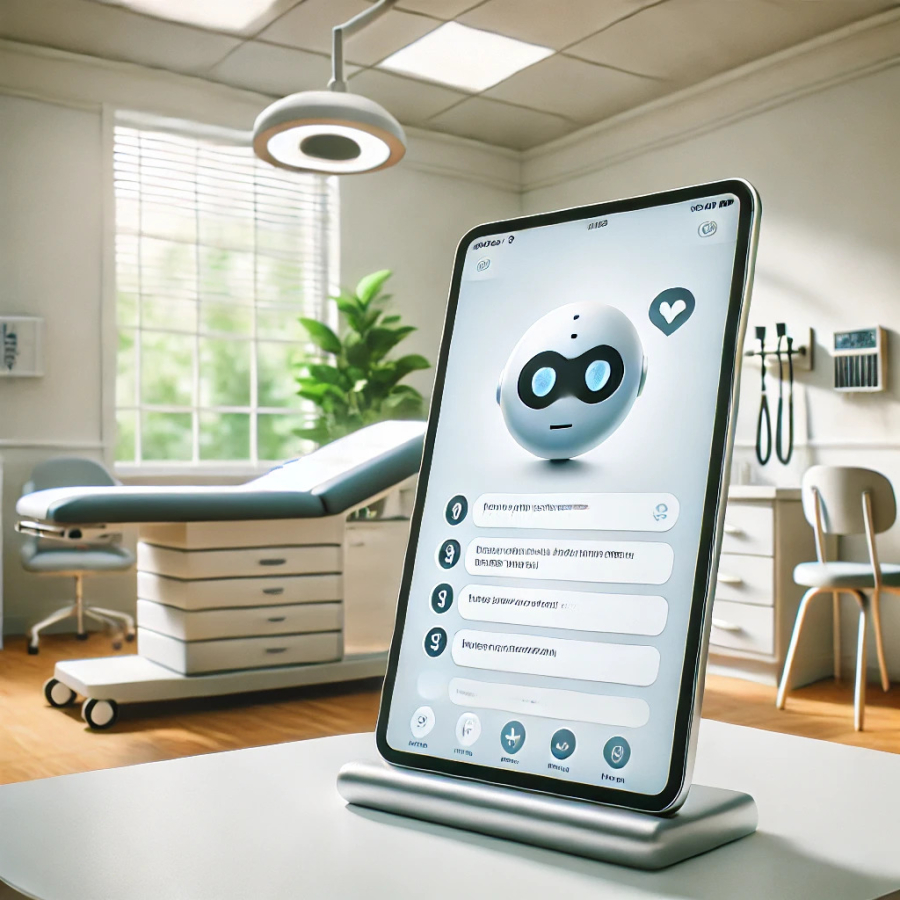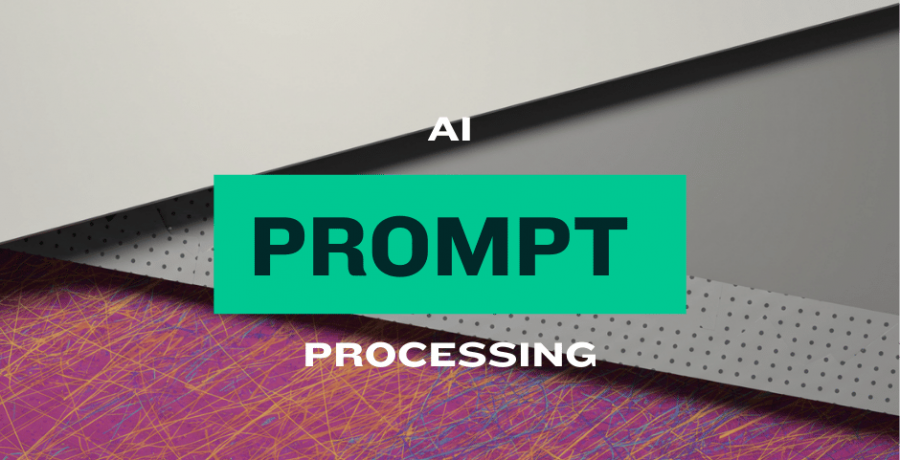Prompt Engineering for Healthcare Chatbots: A Step-by-Step Playbook for HIPAA-Compliant AI
Prompt Engineering for Healthcare Chatbots: A Step-by-Step Playbook for HIPAA-Compliant AI
Unlock ethical, accurate, and compliant AI interactions in healthcare—no guesswork required.
Introduction
Imagine a patient confiding sensitive health details to a chatbot, only to discover their data was leaked—or worse, used improperly. For healthcare organizations, the stakes of deploying AI chatbots extend far beyond usability. A single misstep in compliance can lead to million-dollar fines, legal battles, or irreversible reputational harm.
This guide cuts through the complexity. You’ll learn how to design chatbot prompts that prioritize patient safety, accuracy, and compliance with healthcare regulations like HIPAA—all while maintaining the conversational quality users expect.
1. Why HIPAA Compliance is Non-Negotiable
HIPAA (Health Insurance Portability and Accountability Act) isn’t just a checklist—it’s a safeguard for Protected Health Information (PHI), which includes any data that could identify a patient (e.g., names, diagnoses, billing details).
The Risks of Non-Compliance
-
Financial penalties: Fines range from 100to100to50,000 per violation, with annual caps up to $1.5 million.
-
Operational disruption: Breaches often trigger mandatory audits and corrective action plans.
-
Loss of trust: 76% of patients would switch providers after a data breach, per a 2023 Rock Health report.
How Chatbots Introduce Unique Risks
-
Unintended PHI storage: Conversational logs might retain identifiers.
-
Overly broad responses: A chatbot explaining treatment options could inadvertently disclose PHI.
-
Third-party vulnerabilities: Many AI platforms (e.g., ChatGPT) aren’t inherently HIPAA-compliant.
2. Core Principles of Healthcare Chatbot Design
Ethics First
-
Avoid bias: Ensure prompts don’t steer conversations based on race, gender, or socioeconomic factors.
Example: Instead of asking, “Are you pregnant?” (which assumes gender), use, “Could you be pregnant?” -
Patient safety: Never allow chatbots to diagnose conditions or override clinician advice.
Accuracy Above All
-
Ground responses in peer-reviewed sources: Partner with clinicians to validate medical content.
-
Limit scope: Design chatbots for specific tasks (e.g., appointment scheduling, medication reminders) rather than open-ended advice.
Privacy by Design
-
Data minimization: Collect only essential information.
-
End-to-end encryption: Ensure PHI is encrypted in transit and at rest.
3. Building HIPAA-Compliant Prompts: A 5-Step Framework
Step 1: Map Use Cases and PHI Touchpoints
Identify where PHI enters the conversation.
-
Low-risk: Appointment rescheduling (requires name, date).
-
High-risk: Symptom checkers (may discuss diagnoses).
Step 2: Draft Privacy-Centric Prompts
Add guardrails to prevent PHI retention.
Template:
If PHI is detected, reply: 'For your security, let’s continue this conversation with your care team.'"
Step 3: Anonymize Data in Real-Time
-
Tokenization: Replace PHI with placeholders (e.g., "Patient X, born [DATE]").
-
Redaction tools: Use NLP libraries like Microsoft Presidio to scrub identifiers.
Step 4: Rigorous Testing
-
Simulate high-risk scenarios: Have the chatbot handle fake PHI to test leaks.
-
Audit trails: Log interactions to prove compliance during inspections.
Step 5: Document and Iterate
-
Maintain version control for prompts.
-
Update protocols biannually or after regulatory changes.
4. Common Pitfalls to Avoid
Even well-intentioned teams can stumble when navigating HIPAA and AI. Here’s how to sidestep critical errors:
Pitfall 1: Overlooking Implicit PHI
PHI isn’t always obvious. A chatbot logging timestamps might inadvertently reveal appointment times, while geolocation data could expose a patient’s clinic visits.
Fix: Scrub metadata and use synthetic datasets during testing.
Pitfall 2: Assuming LLMs Understand Context
Large language models (LLMs) don’t "know" what they’re saying. An open-ended prompt like, "Describe this patient’s condition," could generate speculative—and dangerous—responses.
Fix: Use closed-ended prompts (e.g., "Provide a summary of Type 2 diabetes treatment options from [source]").
Pitfall 3: Neglecting User Consent
Patients must explicitly opt into chatbot interactions involving PHI. Pre-checked consent boxes or vague disclosures won’t suffice.
Fix: Implement granular consent flows (e.g., "May we use your symptoms to improve care? [Yes/No]").
5. Tools to Simplify Compliance
For Startups and Small Teams
-
Microsoft Presidio: Open-source tool for real-time PHI redaction.
-
AWS HealthLake: Securely stores and analyzes structured health data.
For Enterprise Systems
-
Azure Bot Service: Offers built-in HIPAA-compliant templates.
-
Synthetic Data Generators: Tools like Mostly AI create fake PHI for safe testing.
Free Resource: [Download Our HIPAA Compliance Checklist]
A step-by-step guide to auditing prompts, configuring tools, and preparing for audits.
6. Real-World Success Stories
Case Study 1: Reducing Hospital Readmissions
A Midwest hospital deployed a post-discharge chatbot to remind patients about medication schedules and wound care. By anonymizing PHI in prompts and integrating clinician-reviewed scripts, they reduced 30-day readmissions by 22%.
Case Study 2: Telehealth Startup Passes First Audit
A virtual mental health platform used AWS HealthLake and strict prompt guardrails (e.g., “Never ask for addresses or full names”). Result: Zero compliance violations during their HIPAA audit.
Conclusion
HIPAA compliance isn’t a barrier to innovation—it’s the foundation of patient trust. By designing prompts that prioritize privacy, accuracy, and ethics, healthcare organizations can harness AI’s potential without compromising safety.
Ready to start?
→ [Download the Free HIPAA Compliance Checklist]
FAQs
Q: How do I anonymize data in chatbot responses?
A: Use tokenization (replacing names with “Patient X”) or redaction tools like Microsoft Presidio to automatically hide PHI.
Q: Can I use ChatGPT for healthcare chatbots?
A: Not directly. While powerful, ChatGPT isn’t inherently HIPAA-compliant. Layer it with PHI redaction, audit logs, and a BAA with your cloud provider.
Q: What’s an example of a HIPAA-compliant prompt?
A: "Provide three dietary tips for managing hypertension. Do not reference the user’s name, location, or medical history."






Comments (0)